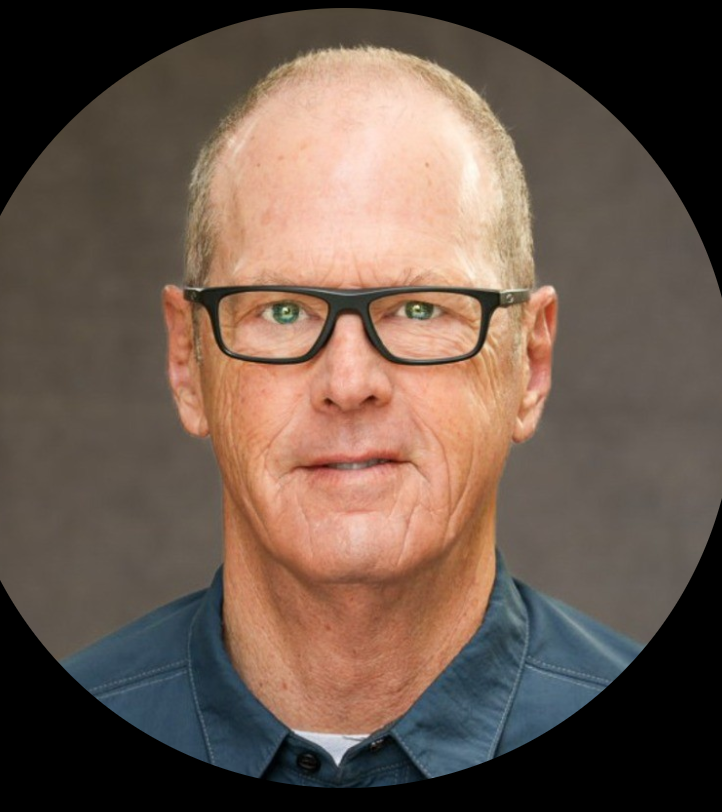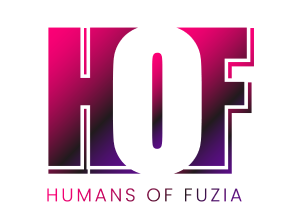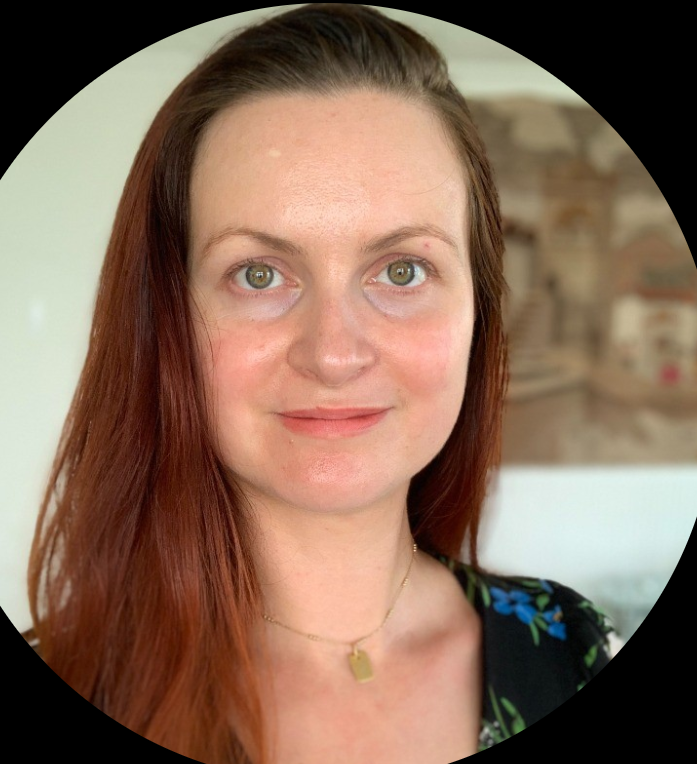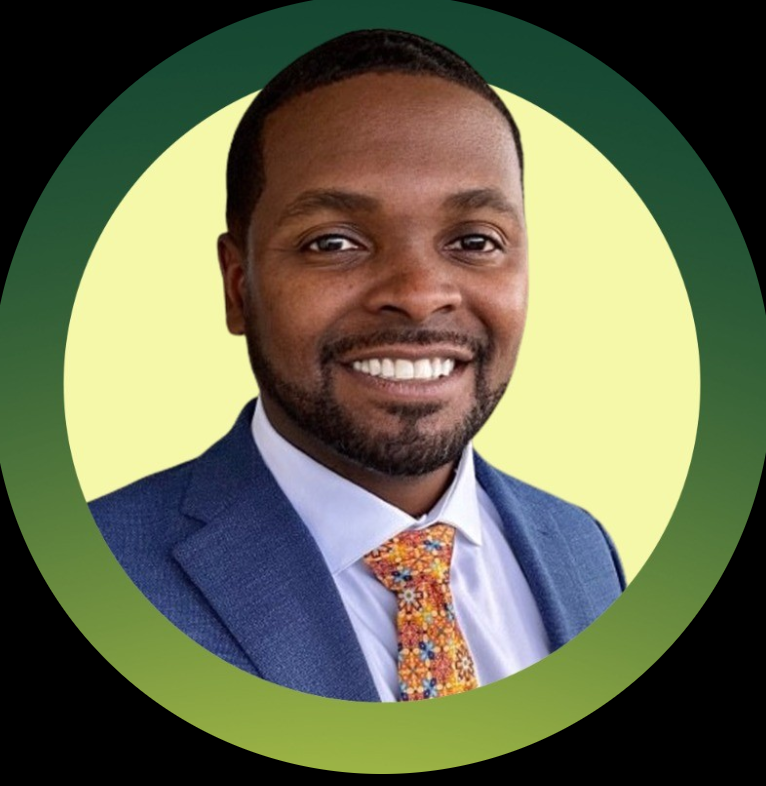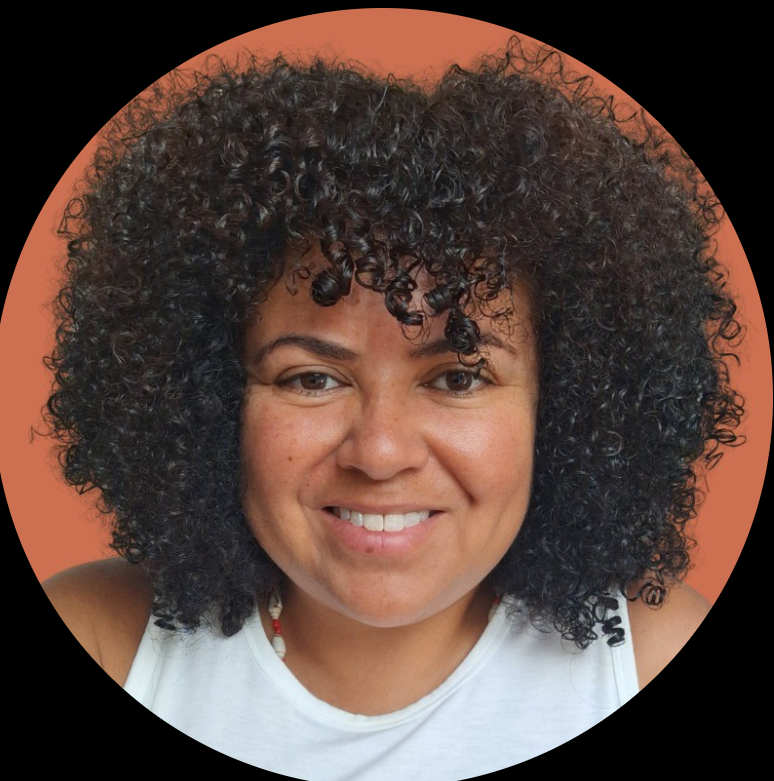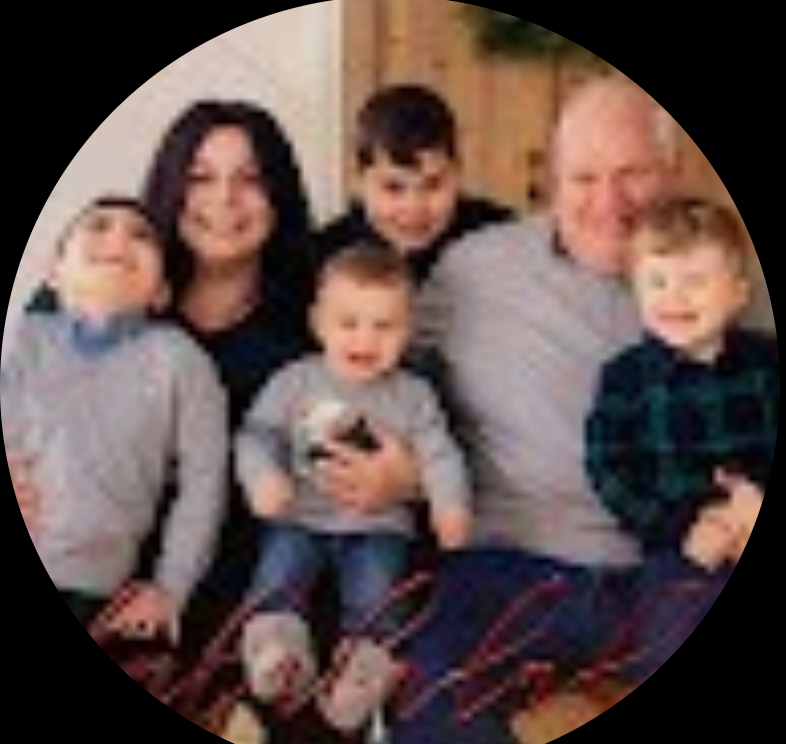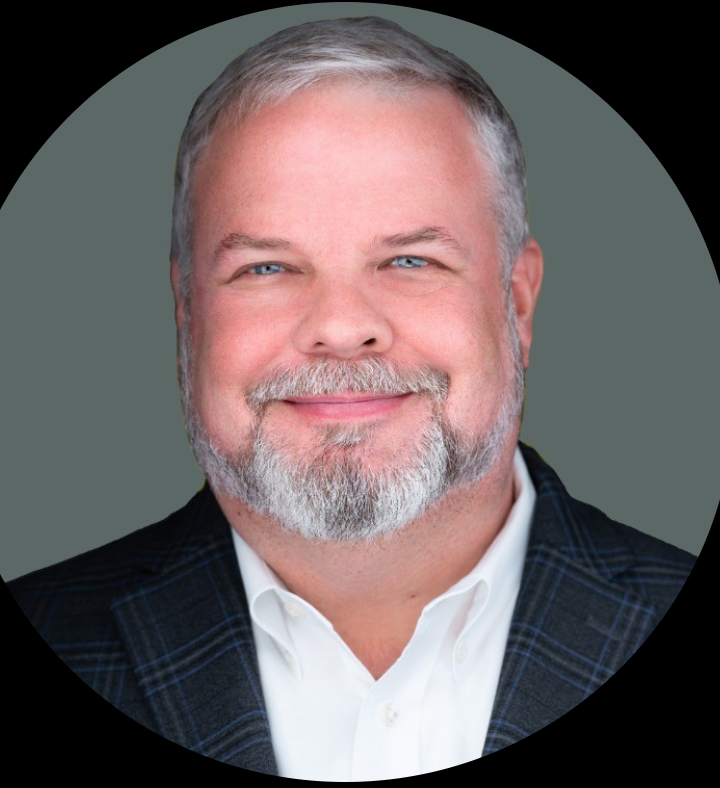Paul Raggio is a retired U.S. Army Colonel, seasoned corporate executive, and now leadership coach who has spent his life serving, leading, and guiding others toward growth. With over 26 years in the military and more than a decade leading multimillion-dollar companies, Paul has developed a deep understanding of what it takes to lead effectively, scale organizations, and create lasting impact. Today, through his work with CEOs and leadership teams, he helps businesses break through growth plateaus, develop strong leaders, and build enterprises that thrive. Humans of Fuzia is featuring Paul’s journey as his story of discipline, resilience, and purpose-driven leadership can inspire our global community of 5 million members who believe in the power of He for She and She for She support.
Q: Paul, what inspired you to step into leadership coaching after retiring from the Army and corporate life?
A: After 26 years in the Army, followed by 14 years running businesses for a multi-billion-dollar corporation, I realized I had a wealth of experience to share. I was too young to simply retire, and I felt compelled to give back. I knew I could help CEOs and aspiring leaders by applying what I had learned about leading and managing enterprises at scale. That passion led me to start my own coaching practice.
Q: Who do you primarily work with today?
A: I focus on mid- to lower-tier businesses—typically companies between $2 million and $250 million in revenue, with 20 to 3,000 employees. My work centers on CEOs and their leadership teams. I help them scale their businesses, distinguish between leadership and management, and create what I call operational velocity—the momentum a company needs to grow and stay profitable.
Q: What kind of impact have you seen in your clients through this work?
A: Most of my clients reach their goals, whether that’s scaling their business, preparing it for sale, or breaking through growth plateaus. Each level of growth requires different strategies—moving from $2 million to $10 million is different than going from $10 million to $25 million. Success often comes down to how well leaders integrate human capital with technology and processes. Helping them see and navigate those challenges has made a significant difference.
Q: Imposter syndrome is something many leaders struggle with. Have you experienced it in your career, or seen it in your clients?
A: Personally, I didn’t face imposter syndrome in the same way, but I witnessed it often—particularly among female leaders in both the Army and business. I’ve coached women CEOs who lead multiple companies, and imposter syndrome is a recurring topic. The key is recognizing it, visualizing where you want to go, breaking it down into achievable steps, and mastering your communication. I’ve also observed that women often display stronger emotional intelligence than men, and if leveraged, that becomes a powerful leadership asset.
Q: Looking back, is there anything you would have done differently when starting your own business?
A: Coming from the Army and corporate world, I was used to having training, structure, and a safety net. Starting my own business was different—I had to learn marketing, positioning, and business development from scratch. The biggest shift was moving from a mindset of “selling” to one of educating and listening. Understanding that earlier would have helped me. Now, I use those lessons to guide my clients through similar challenges.
Q: What challenges do you see most often in the coaching space?
A: One of the biggest challenges is that many CEOs resist coaching. Athletes know they need coaches to reach peak performance, but in business, there’s often ego or a belief that they don’t need help. My job is to demonstrate that coaching isn’t a cost—it’s an investment that delivers measurable returns. Breaking through that resistance and showing leaders the value of coaching takes time, but once they see the results, they understand the difference.
Q: Finally, how do you personally define success?
A: Success for me is helping leaders overcome defining obstacles in their business. Management is about processes, systems, and human capital. Leadership is about vision, influence, and communication. If I can help a CEO or leadership team gain clarity, strengthen their leadership, and move their organization forward, that’s where I feel the greatest fulfillment.
“True leadership is about clarifying obstacles, mastering communication, and guiding people toward growth—with vision and purpose.” – Paul Raggio
Connect with Paul Raggio:
LinkedIn : https://linkedin.com/in/paul raggio
Facebook : https://www.facebook.com/paul.raggio.71
Want to be featured?
If you’d like to be featured in the Humans of Fuzia series, email us at fuziatalent@fuzia.com.




